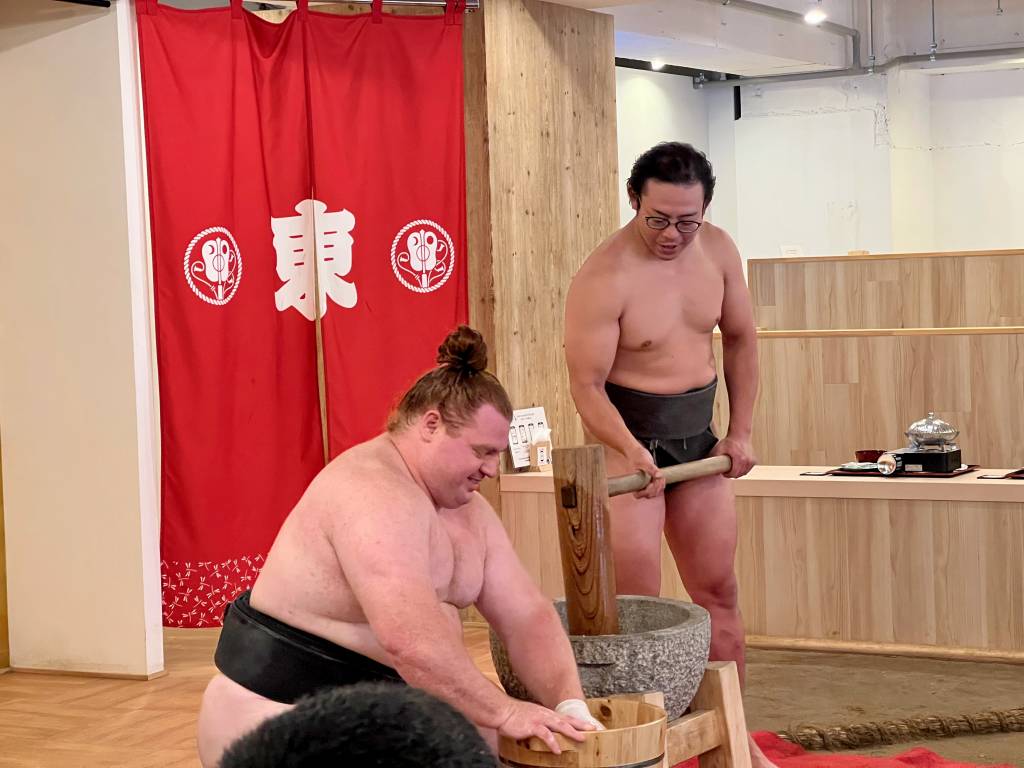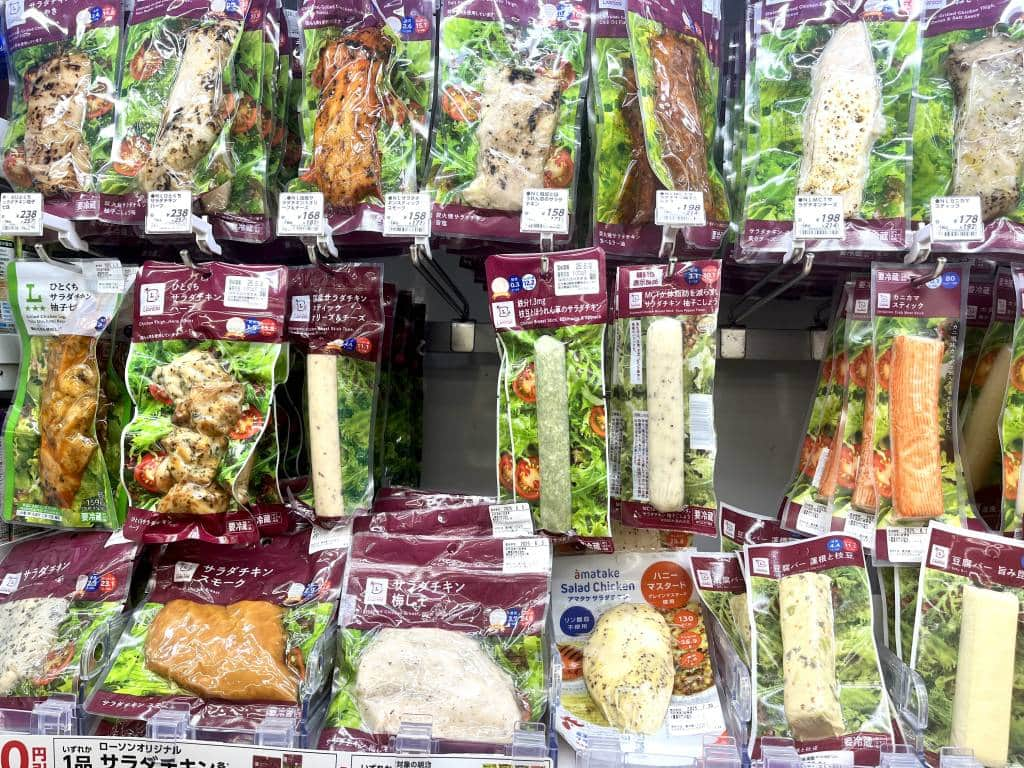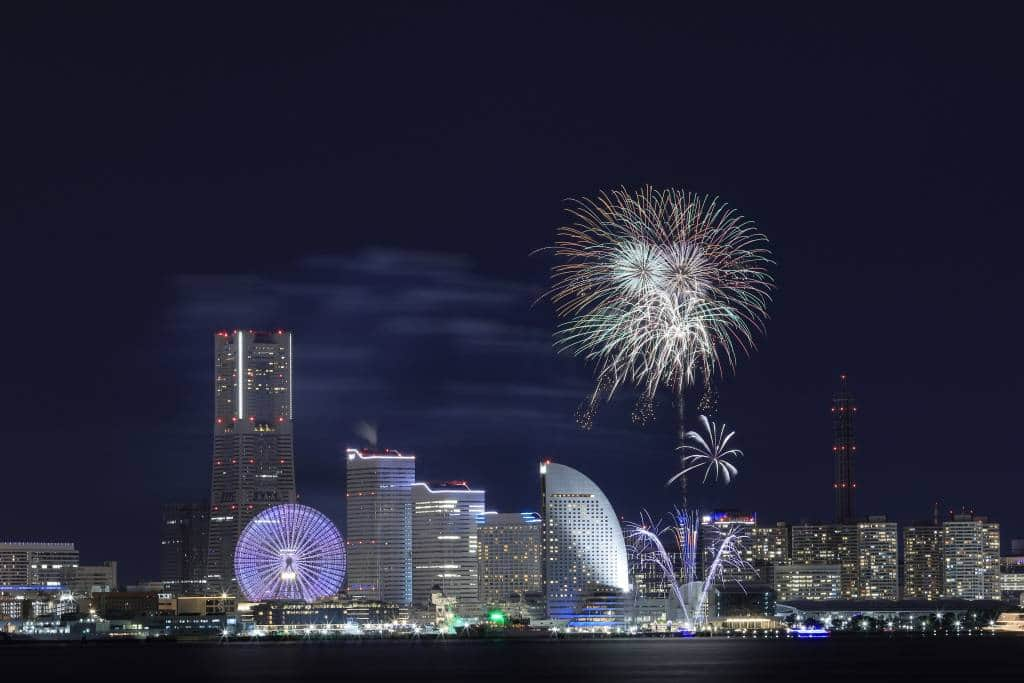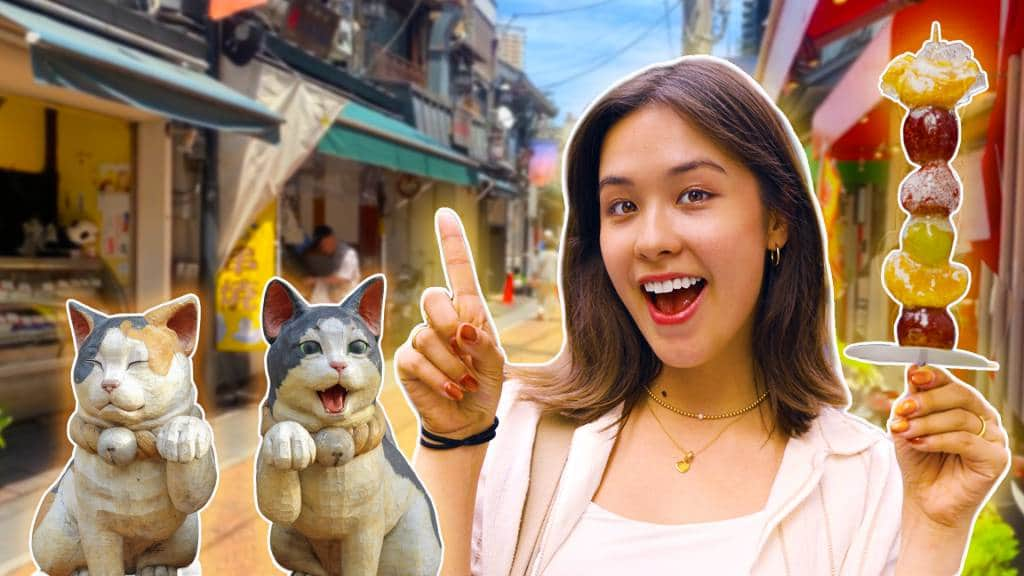So you’re looking for a creative job in Japan. Maybe you’re already in the country and considering a career shift. Or maybe you’re overseas and thinking about making the move over here.
There’s a lot to think about — finding a job is one thing, but then there’s also visas, language and cultural considerations, and the practical aspects of salary, pension, and health insurance.
Here, we’ll break down the key points to consider when looking for a creative job in Japan, and some tips that’ll hopefully help you find some sustainability here.
Where to look for a job in Japan that isn’t English teaching
There are a handful of job-search pages online, such as GaijinPot and Daijob, but chances are you’ll find that a large percentage of the jobs available online are teaching jobs. Tokyo Cheapo has a page that’s more geared towards creative industries jobs such as graphic design, UX/UI design, product design, digital content creation, communication, marketing, and product management.
Japan also has a pretty big HR and recruitment industry, with companies such as Robert Walters, Michael Page, en World, and Robert Half recruiting for marketing and executive multinational roles.
Visa sponsorship
If you’re applying from overseas, considering a long-term move, and don’t already have the right to live and work in Japan, you’ll want to make sure that the job you’re applying for can sponsor your visa.
Japan has various visa categories, but for many creative roles such as IT, web design, product design, and UI/UX design, the relevant visa will most likely be the Engineer/Specialist in Humanities/International Services visa.
Requirements
In order to be considered for this visa, your employer will need to apply for a Certificate of Eligibility from the Immigration Bureau, and you’ll also need to have a Bachelor’s degree or at least 3 years of relevant work experience.
The job will need to be one that falls within one of the categories specified by the visa, such as IT or mechanical engineering, marketing or consulting, or translation or interpretation.
Your employer will need to be a stable and financially sound company, and they’ll need to be able to pay you as much or more than what the typical Japanese national makes in a similar role — around ¥200,000 to ¥250,000 per month at a minimum.
Visa length
These types of working visas are generally granted for 1, 3, or 5 years. Typically, the first visa will be granted for 1 year, and the period of stay will increase the more times you renew.
You’ll generally be able to renew as long as you remain in an eligible role and continue to meet the relevant requirements. When you prepare your visa application, you’ll want to make sure that your education or experience matches the job and visa requirements.
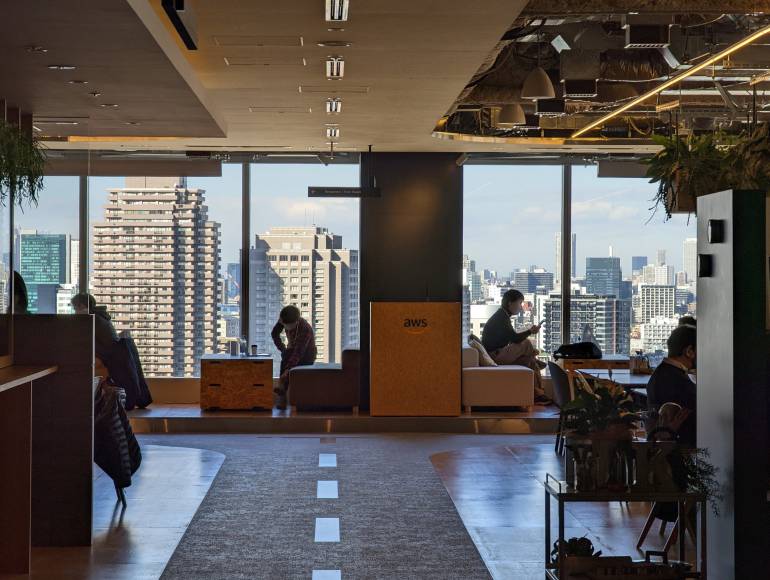
Working holiday visa
Another option would be to apply for a working holiday visa. In Japan, a working holiday visa is valid for 6 months and can generally be renewed for another 6 months after that.
From the Immigration Bureau’s standpoint, the purpose of the visa is to allow you to work in order to earn money to fund your travels, not as a means to come here primarily for work. However, it can be a good foot in the door for you to come and see if working and living in Japan is right for you.
In order to apply, you’ll need to be between 18 and 30 years old in most cases. The type of work you can do on a working holiday visa is pretty broad, as long as it’s not working in a bar, nightclub, gambling establishment, or any other place that Immigration sees as unseemly.
You’ll need to have savings of between USD US$2,500.00 to US$4,000.00, no criminal record, and be of generally good health. You’ll also need to be from one of the 30 partner countries, such as Australia, New Zealand, Canada, or the UK. Currently, the United States is not one of the partner countries.
Digital nomad visa
You may have also heard of the digital nomad visa. This could also be a foot in the door, but it won’t allow you to work for a Japan-based company. You’ll need to switch visas to do that.
Are Japanese-language skills important for working in Japan?
Ah, the million-dollar question. Firstly, it depends on the job you’re going for. In most cases, Japanese-language skills will be specified in the job description.
For some creative roles, particularly in non-customer-facing UX and web design roles, Japanese skills may not be necessary. Similarly, if it’s a marketing role that deals mostly with inbound clients or larger companies that have Japanese sales and administrative staff, minimal Japanese might be OK.
But for more senior positions in roles like product management or product design, Japanese-language skills may be necessary. Japanese-language skills are assessed by the Japanese-Language Proficiency Test (JLPT) on a scale of N1 to N5, with N1 being the most proficient.
Companies seeking those with basic Japanese language skills will usually be looking for someone with at least an N3 qualification. N2 is generally considered business-level proficiency, and N1 is considered fluent in Japanese.
For many creative roles in Japan, while you may be able to get away with zero Japanese proficiency, we recommend at least getting a basic grasp of Japanese for a long-term, sustainable life here.
How different is the work culture in Japan?
This comes down to the company and industry you’re working in. While Japan may traditionally have a less-than-stellar reputation when it comes to work-life balance, many Japanese companies are working to reverse this.
Some companies now offer initiatives such as flexible work arrangements, mental health and wellness programs, overtime regulation and monitoring, and expanded parental leave.
While some foreign or multinational companies may have long-standing systems in place for work-life balance, it might not necessarily be the case for every company. If this is important to you, it’s best to bring it up during the interview process, whether it’s a Japanese company or otherwise.
Similarly, when it comes to hierarchy and communication, the more modern and progressive companies, particularly in the tech sector, are moving towards flatter, more flexible workplaces. In many cases, though, chances are you’ll still be swapping business cards!
Essentially, make sure you research the company you’re considering, and ask about their culture and work-life balance. If you want to live in Japan sustainably and work with Japanese colleagues and clients, it’s a good idea to understand the basics of Japanese business interactions, Japanese language, and be prepared to think on your feet.
What kind of salary and benefits can I expect in a creative role in Japan?
If you take a look at some of the interviews we’ve done with Japan-based foreign photographers and illustrators, you’ll see that salaries in Japan for creative roles are generally lower than what’s expected overseas.
Average salaries
For a mid-career role in Tokyo, the average starting salary at a company might be around USD US$2,400.00 to US$3,500.00 per month, depending on your industry, seniority, and (in some cases) Japanese level. Having said that, the cost of living in Japan can still be a lot lower than overseas, particularly when it comes to groceries and dining out.

For instance, you can get a decent lunch in Tokyo for less than US$7.00. While rent prices can be high in some areas, if you know where to look, you can find reasonably priced housing options. In central Tokyo, a small to medium-sized apartment might cost you around US$1,000.00 to US$2,000.00 per month, but you can find cheaper (and bigger) options a little further out of the city.
Pro tip: Check out our guide to moving to Japan.
Benefits
Benefits will depend on the type of contract you have with your employer. Two of the main types of employment here are sei-shain (full-time, company employee) and keiyaku-shain (contractor). As a full-time company employee, you can expect a high level of job security, as well as standard benefits such as health insurance and pension.
As a contractor, you might get a higher hourly or monthly rate, but you’ll need to set aside money to pay your own national pension, national health insurance, income tax, and residence tax. Regardless of your employment type, if you’re regularly traveling to the office, a travel allowance or reimbursement is another benefit you should look for.
What is a good neighborhood for a creative in Tokyo?
As photographer Michael Holmes told us, a lot of Tokyo’s creative offices are found in the southwest corner of the Yamanote Line, such as Aoyama, Shibuya, Daikanyama, and Meguro.
Depending on how often you’re commuting and how far you’re willing to commute, you will want to do some research on neighborhoods close to the train lines your office is on. Neighborhoods on the Odakyu, Inokashira, and Chiyoda lines are usually good for commuting to areas around the (more expensive) Yamanote Line neighborhoods.
If you’re going to be mostly working from home, you’ll have a bit more flexibility and could consider joining the legions of Tokyoites moving to more remote areas like Kamakura or even Karuizawa.
Should I make a Japanese résumé?
If you’ve been looking at Japanese jobs online, you may have seen some companies requesting a Japanese CV or rirekisho. For more traditional Japanese companies and roles, a rirekisho in Japanese is still a common requirement.
A rirekisho will often follow a standard one- or two-page format, which includes a photo, basic contact info, work and education history, and then a bit about yourself and your reason for applying. All written in Japanese.
Some companies have their own rirekisho format which they ask you to use; for others, we suggest using one of the general templates available online.
If you’re applying for a role with a foreign company or a role in which you’ll be speaking English, an English CV will usually suffice.
What are job interviews in Japan like?
As with overseas, the recruitment process in Japan varies depending on the company and industry. From experience, with bigger companies, you can usually expect at least two or three interviews with a progressively larger or more senior group of people.
If Japanese will be used in your role, you may be expected to at least have a basic conversation in Japanese, talking about yourself and what you’ll bring to the role.
For smaller companies where you’ll mainly be speaking English, the interview process is generally a lot less formal and, as long as you’ve got the right level of experience, there’s less formality to worry about.
Do the Japanese creative industries value international perspectives?
In our interview with illustrator Luis Mendo, he pointed out that an international background and perspective can be key to success in a creative career in Japan.
And in our own experience, while some industries may value an international mindset more than others, it can definitely be an advantage in areas like marketing and tourism.
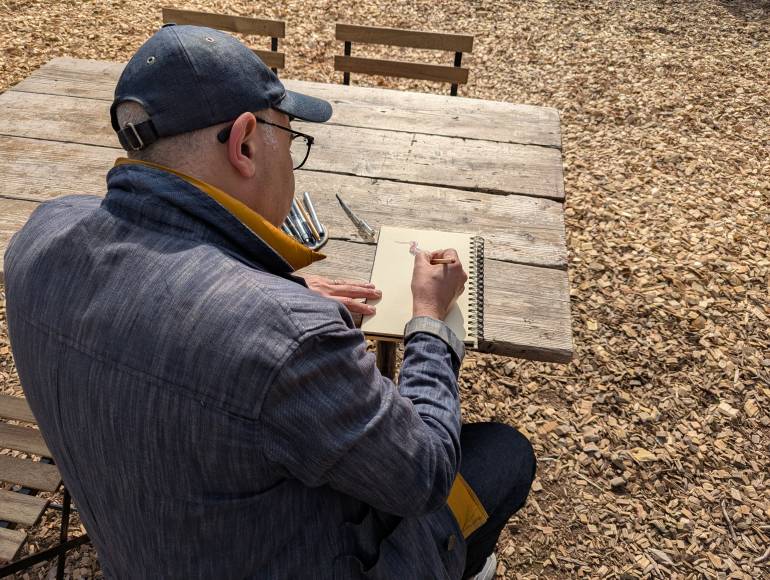
What are good events for professional networking in Tokyo?
Professional and social networking opportunities in Tokyo are definitely on the rise. In addition to Tokyo Cheapo’s Downtown Drinks events, other events like PechaKucha and Tokyo Tech Meetup happen fairly regularly. Coworking spaces like BLINK and AWS LOFT also offer regular professional development and meetup events.
Tips for landing a creative job in Japan
Finally, what’s the secret to landing a creative job in Japan? The secret is that there isn’t really one main thing that will help you find a creative job here, but a bunch of little things.
The first is knowing where to look. If you want to save time sifting through a sea of English teaching and recruitment jobs, consider heading to our creative jobs in Japan page and start there.
Secondly, think about whether the job you’re applying for is the right fit for you. Make sure your skills and experience match what the company is looking for. It’ll help not just in the recruiting process, but also when you’re applying for a visa.
Next, be prepared for a learning curve! If you look at our past interviews, learning some Japanese, networking, and broadening your skills and qualifications can be a huge help in securing your dream job and longevity in Japan.
Also consider doing some social and professional networking before moving here. If you make some connections before you make the move, you may just give yourself a leg up in the job-hunting process. At the very least, you’ll start to build your community here, which could be a big help in the long run. Happy hunting!
None of the information presented here is intended as legal advice, and it should not be taken as such. Always check with an immigration authority for all matters related to visas in Japan. While we do our best to make sure it’s correct, information is subject to change.




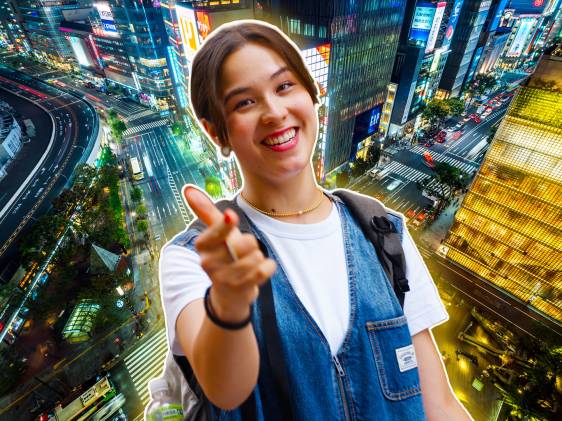



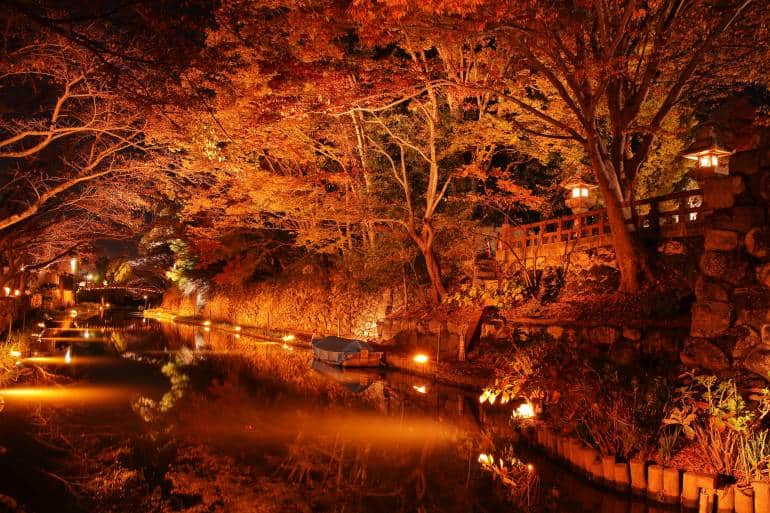
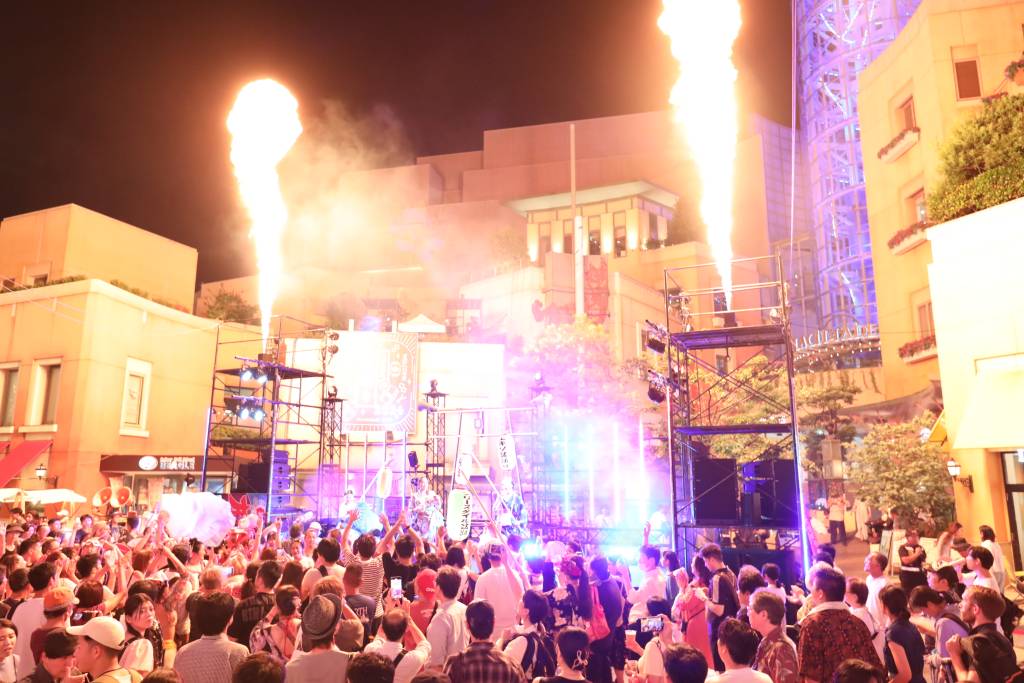
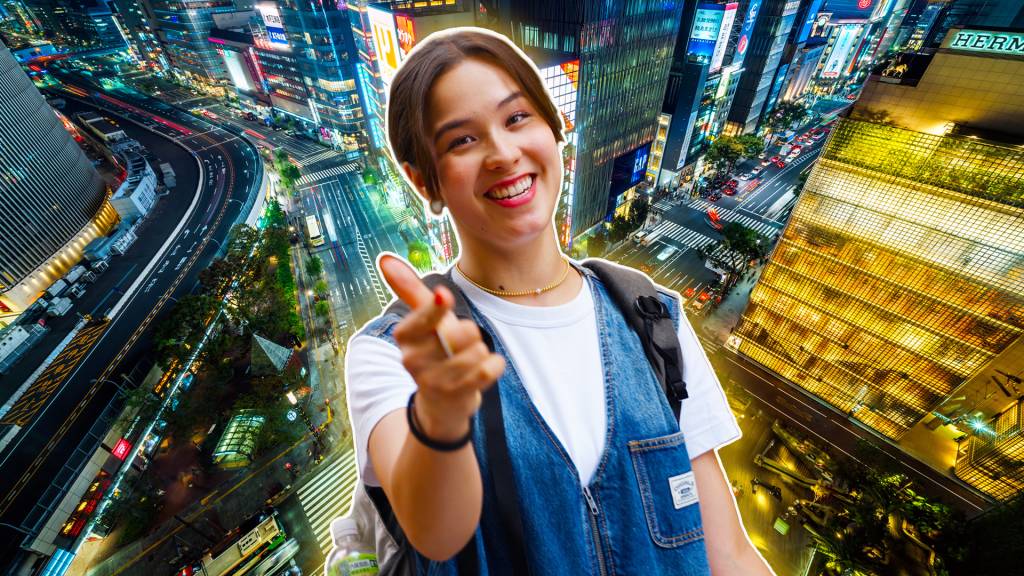
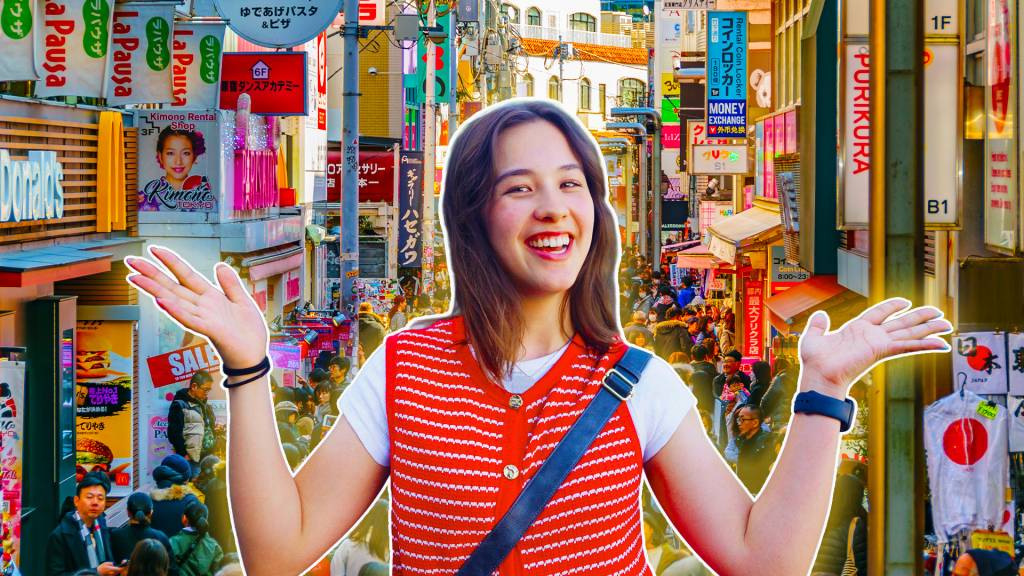
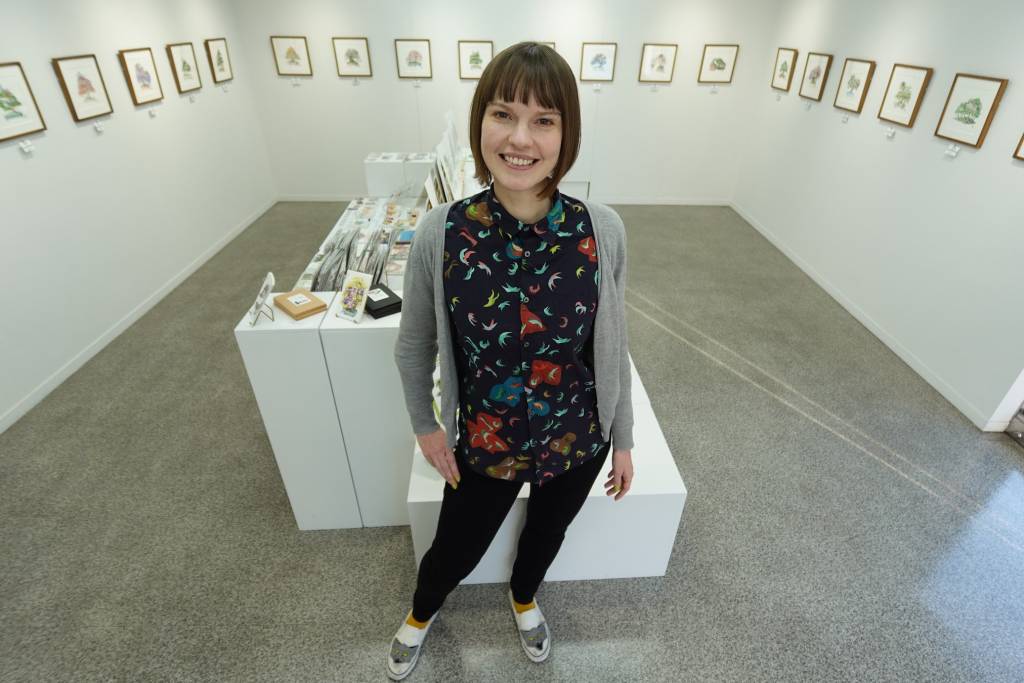
-1024x683.jpg)
